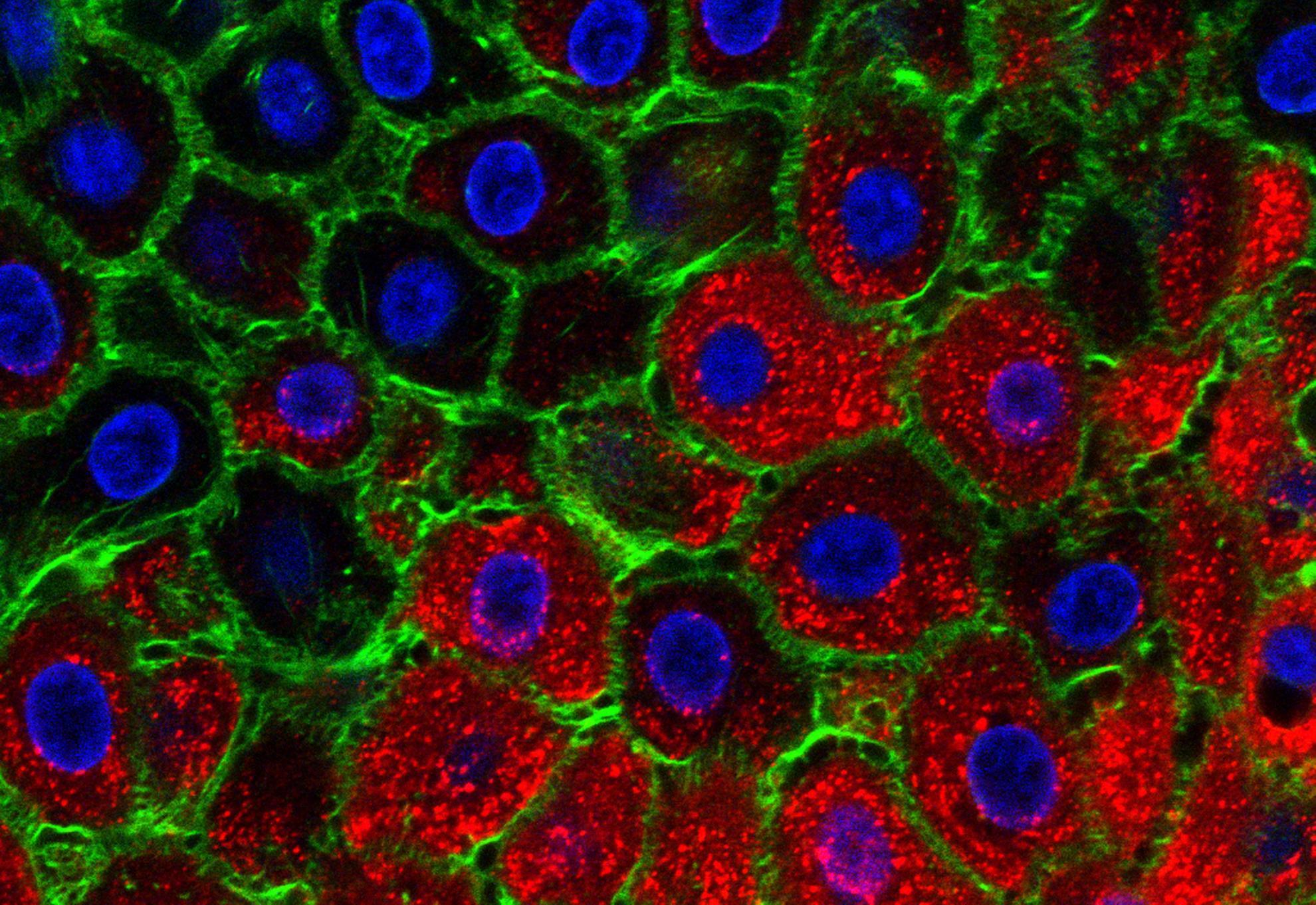The pseudoknot region and poly-(C) tract comprise an essential RNA packaging signal for assembly of foot-and-mouth disease virus
Virus assembly is a crucial step for the completion of the viral replication cycle. In addition to ensuring efficient incorporation of viral genomes into nascent virions, high specificity is required to prevent incorporation of host nucleic acids. For picornaviruses, including FMDV, the mechanisms required to fulfil these requirements are not well understood. However, recent evidence has suggested that specific RNA sequences dispersed throughout picornavirus genomes are involved in packaging. Here, we have shown that such sequences are essential for FMDV RNA packaging and have demonstrated roles for both the pseudoknot (PK) region and the poly-(C) tract in this process, where the length of the poly-(C) tract was found to influence the efficiency of RNA encapsidation. Sub-genomic replicons containing longer poly-(C) tracts were packaged with greater efficiency in trans, and viruses recovered from transcripts containing short poly-(C) tracts were found to have greatly extended poly-(C) tracts after only a single passage in cells, suggesting that maintaining a long poly-(C) tract provides a selective advantage. We also demonstrated a critical role for a packaging signal (PS) located in the pseudoknot (PK) region, adjacent to the poly-(C) tract, as well as several other non-essential but beneficial PSs elsewhere in the genome. Collectively, these PSs greatly enhanced encapsidation efficiency, with the poly-(C) tract possibly facilitating nearby PSs to adopt the correct conformation. Using these data, we have proposed a model where interactions with capsid precursors control a transition between two RNA conformations, directing the fate of nascent genomes to either be packaged or alternatively to act as templates for replication and/or for protein translation.
